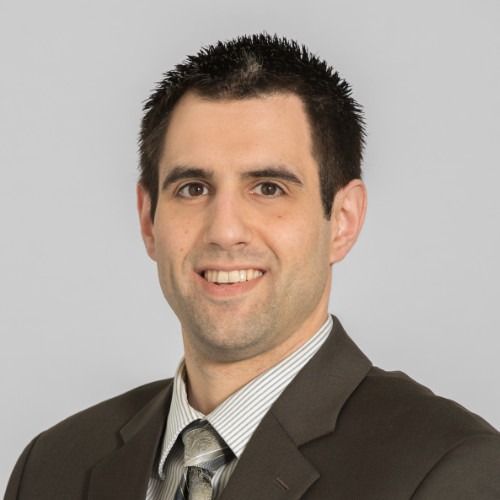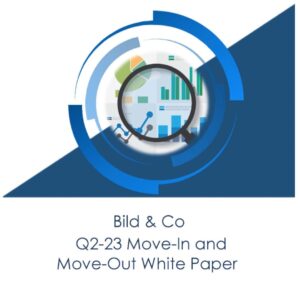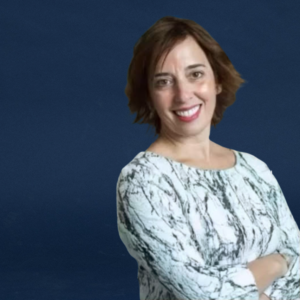Darkness descends over Sunrise
Last year on November 7, Sunrise Senior Living, arguably the nation’s premier brand name in assisted living services, reported a startling third quarter net loss of $68.7 million—the company’s worst financial hemorrhaging in eight years. The following week, Sunrise shares dropped a steep 39%, marking a total fall of 96% for the year. Though immediately ominous at a glance, these tumbles were not a surprise; the company incurred a $70 million loss in 2007, was sued by Five Star Quality Care last August for alleged excess charges by Sunrise insurance programs, and announced a seven-year low for second quarter results in October. Good publicity—and the reassurance it provides apprehensive investors—has been nonexistent for Sunrise in an economic landscape in recession.
There are reasons for Sunrise’s relatively hasty dilapidation, the most prominent one being the company’s stubborn reliance on development, according to The SeniorCare Investor, Novmber 2008. Given that current capital markets have stifled not only development of properties, but also the company’s ability to sell properties at the value it seeks, Sunrise has been forced to come up with income primarily from its operations as a long-term care provider, which has shown to be not nearly profitable enough. To give the resulting plunge some perspective, Sunrise shares sold for $40 each in 2007; a year later—this past November—they were down to as little as $0.38.
With a future uncertain, at least on the surface of daily news, Sunrise held a conference call the same day it publicly disclosed its most demoralizing losses. The company, admitting it was in an unsteady environment, released a plan for investors to show it could stop the bleeding and focus toward a tighter—and less wasteful—business.
The prospects are not without even greater risks, however. Unless Sunrise receives an additional waiver from lenders, it expects that it may no longer be able to borrow money by January 1. To bypass this potential chokehold, Sunrise and its lenders acknowledged in November that it was their intention to revise and restructure the collection of loans known as a credit facility by January 31. If Sunrise is not able to modify its credit facility, lenders are allowed to accelerate the payment of all amounts outstanding and require the company to provide cash as collateral for any credit, among other actions.
Sunrise CEO Mark Ordan said the company has been discussing other sources of capital with third parties such as Goldman Sachs and is also seeking refinancing through new lenders. This has begun to work, as the company received $8.3 million in December by refinancing a joint venture with Ventas, Inc. For additional cash, Sunrise will sell land parcels from an abandoned development project as well as other properties. Also, the remaining $52.8 million in cash on hand the company has will most likely be sufficient to support its operations through January 31, essentially buying time for Sunrise to further amend the credit facility.
“Sunrise is a traditionally heavy user of capital that is currently unprofitable and is trudging through these terrible capital markets,” Ordan said during the conference call with investors. “While I won’t join the ranks of CEOs who say ‘all is well’ when it isn’t, I will point out some facts. We have been proactively clamping down on every outflow of cash that doesn’t immediately support our core business.”
This statement is reminiscent of one made in late September when Ordan assured that a strategic plan was being implemented to “focus on the profitability of our core business, scale back new development, and reduce overhead and our overall cost structure….” Since then, the company has identified 160 noncare-related positions that will be eliminated through 2008-09, with an anticipated savings of $17 million. Administrative and general spending is expected to be curbed by at least $20 million, but results of that initiative remain to be seen.
While the above mentioned tactics resemble a temporary tourniquet on losses, they do not necessarily mean profits. With undetermined development goals for 2009, and no intention to begin construction on new projects until market conditions improve, the company explained to investors that the old way of doing business is not sustainable at this time. Despite the complexity and momentum of poor capital markets, Sunrise is taking steps toward a new identity in becoming recognized as an operator. Currently, the company is attempting to create a better brand name for itself overseas, and further ventures will be expected to push outreach to potential customers. A forward example of this restoration was the “Caregiver Toolkit” Sunrise released to educate people who visit their facilities and are unsure of how to care for their elderly loved ones at home.
At the end of the conference call, Ordan left investors with a message of hope, urging them to persist through the financial bloodletting. “I understand that the extraordinary events in the past years of Sunrise, our current condition, and the economy and market compel us to focus on our ills,” Ordan said in his closing statement. “Today’s call I hope clearly shows we are riveted on those issues.
“Sunrise represents the senior living sector, market, and brand leader. This is a company with a great development track record and an enormous future opportunity for smart, profitable growth… Sure, we have problems to solve—and we will—but that cannot stop us from keeping an excited eye toward our future.”
To send your comments to the editors, e-mail kkolus0109@iadvanceseniorcare.com

Kevin Kolus wrote for I Advance Senior Care / Long-Term Living when he was an editor. He left the brand in 2012. He is now senior communications manager at Cleveland Clinic.
Related Articles
Topics: Articles , Facility management , Finance











